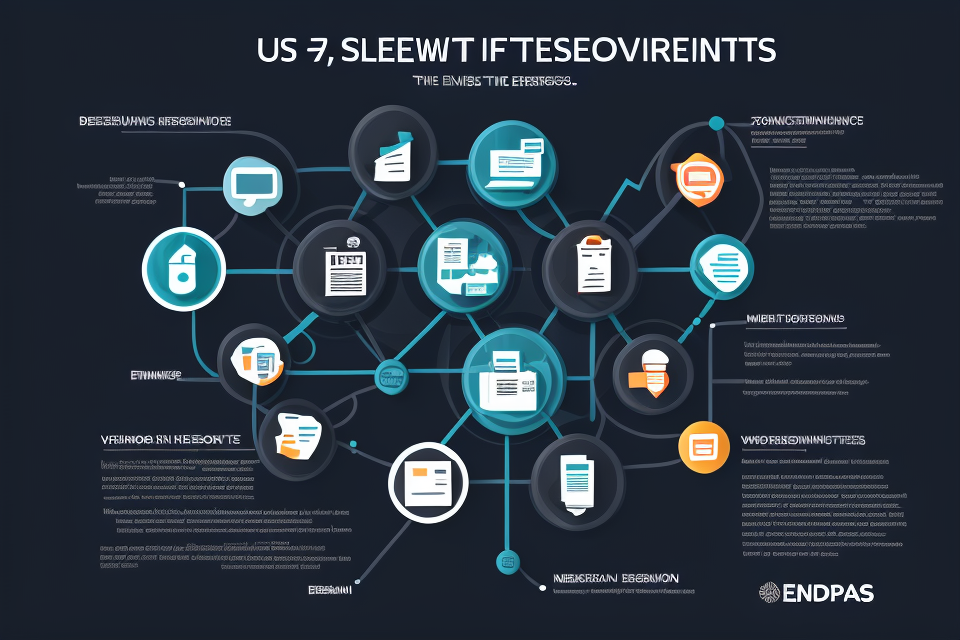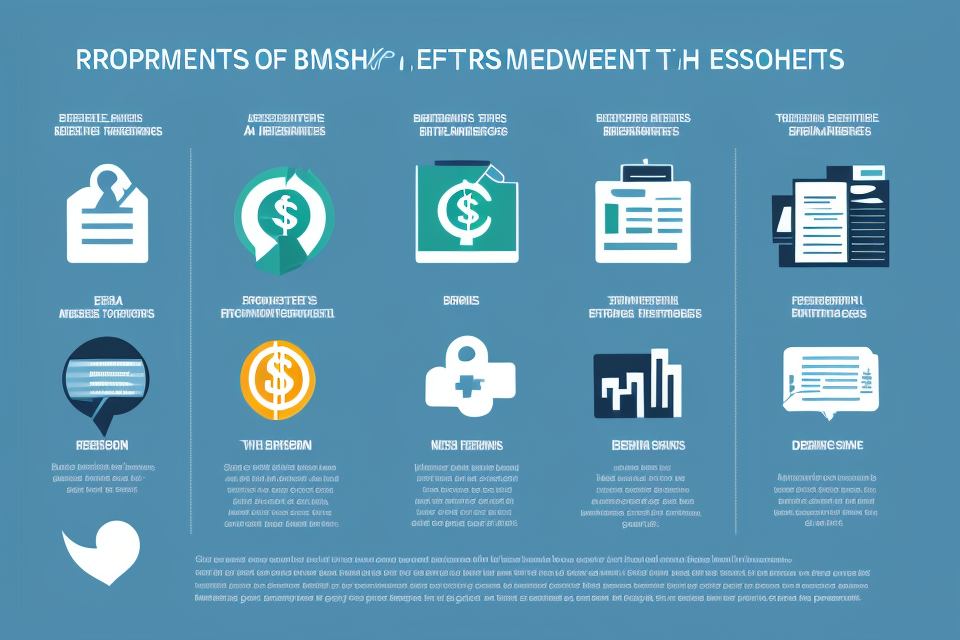In today’s fast-paced world, understanding the basics of economics is crucial for making informed decisions. However, with the complexity of the subject, it can be challenging to grasp the fundamentals. That’s why we’re here to simplify it for you. A simple economy is a system where the production, distribution, and consumption of goods and services are straightforward and uncomplicated. It is a basic economic system that lacks the intricate dynamics of a mixed or market economy. In this article, we’ll dive into the simple definition of a simple economy and explore its characteristics, advantages, and limitations. So, let’s get started and discover the basics of a simple economy.
What is a Simple Economy?
Characteristics of a Simple Economy
A simple economy can be defined as an economic system that is characterized by limited economic activities, low levels of technological advancement, small population size, and minimal government intervention.
Limited economic activities refer to the fact that in a simple economy, there are few businesses and industries present. This can be due to factors such as a lack of resources or a small market. As a result, the range of goods and services available in a simple economy is limited.
Low levels of technological advancement are also a characteristic of a simple economy. This means that the methods used to produce goods and services are relatively basic and not highly advanced. For example, in a simple economy, farmers may use manual labor and simple tools to farm the land rather than using advanced machinery.
Small population size is another characteristic of a simple economy. This means that the number of people living in the economy is relatively small. As a result, the market for goods and services is also small, which can limit economic growth and development.
Minimal government intervention is the final characteristic of a simple economy. This means that the government plays a limited role in the economy, and there are few regulations or policies in place to control economic activity. This can lead to a more laissez-faire approach to economic development, where businesses and individuals are free to operate as they see fit.
Overall, the characteristics of a simple economy make it distinct from more complex economies that have a greater range of economic activities, higher levels of technological advancement, larger populations, and more government intervention.
Examples of Simple Economies
In a simple economy, the production and distribution of goods and services are relatively uncomplicated. These economies are characterized by limited resources, a small population, and a simple division of labor. Here are some examples of simple economies:
Rural communities
Rural communities often have simple economies due to their limited resources and small population. These communities typically rely on agriculture and other natural resources for their livelihoods. The production and distribution of goods and services are often done within the community, with little external influence.
Small island nations
Small island nations also often have simple economies. These economies are usually based on fishing, agriculture, and tourism. Due to their limited land and resources, these economies tend to be self-sufficient, with little external trade.
Pre-industrial societies
Pre-industrial societies also had simple economies. These societies relied on agriculture, craftsmanship, and trade for their livelihoods. The division of labor was usually limited, with most people engaging in multiple activities to meet their basic needs. The production and distribution of goods and services were often done within the community or region.
Simple Economy vs. Complex Economy
Differences in economic structures
A simple economy is characterized by a limited number of goods and services, with little to no specialization in production. In contrast, a complex economy has a diverse range of goods and services, with a high degree of specialization in production.
Impact on economic growth and development
A simple economy may experience slower economic growth and development due to a lack of diversification and specialization. In contrast, a complex economy may experience faster economic growth and development due to the ability to specialize in specific areas and increase productivity. However, a complex economy may also face challenges such as increased competition and inequality.
The Benefits of a Simple Economy
Preservation of Traditional Values
A simple economy prioritizes traditional values, which can be beneficial for preserving cultural heritage and community bonds. These values often emphasize the importance of family and community, as well as local production and consumption.
Importance of Family and Community
In a simple economy, the family unit is typically valued highly, and there is a strong sense of community. People often live and work together in close-knit communities, with a shared sense of responsibility for one another’s well-being. This fosters a sense of belonging and interdependence, as well as a shared commitment to preserving traditional values and practices.
Emphasis on Local Production and Consumption
In a simple economy, the focus is on producing goods and services locally, using local resources and labor. This emphasis on local production and consumption helps to support local businesses and industries, as well as to preserve traditional skills and knowledge. Additionally, it encourages people to consume responsibly and to be mindful of the environmental impact of their choices. By supporting local businesses and producers, communities can maintain their economic independence and self-sufficiency, which is a key aspect of a simple economy.
Reduced Environmental Impact
- Lower reliance on modern technology: A simple economy reduces the reliance on modern technology, which often requires a lot of energy and resources to produce and maintain. This lower dependence on technology can result in reduced carbon emissions and other pollutants that contribute to climate change.
- Minimal waste generation: A simple economy promotes a more sustainable and eco-friendly approach to resource use. It encourages the use of durable goods, reduces packaging waste, and discourages the production of non-essential goods. As a result, a simple economy generates less waste, which helps to protect the environment and conserve natural resources.
Resilience to Economic Shocks
A simple economy is characterized by a limited number of industries and a low level of specialization. This structure allows for a high degree of self-sufficiency and reduces the reliance on external markets. As a result, a simple economy is better equipped to withstand economic shocks such as recessions, financial crises, and natural disasters.
Ability to adapt to changing economic conditions
In a simple economy, businesses are often more flexible and adaptable to changes in economic conditions. This is because they have a better understanding of the local market and are able to quickly adjust their production and services to meet the needs of consumers. For example, a farming community may shift from growing crops for export to producing food for local consumption if the price of exports drops.
Limited reliance on external markets
A simple economy is less vulnerable to external economic shocks because it has a limited reliance on external markets. This is because the majority of goods and services are produced locally, reducing the need for imports. In addition, the lack of specialization means that the economy is less dependent on specific industries or products, which can be negatively affected by external events.
However, it is important to note that while a simple economy may be more resilient to economic shocks, it may also be less efficient in terms of resource allocation and innovation. Therefore, finding the right balance between simplicity and complexity is crucial for a sustainable and thriving economy.
Challenges of a Simple Economy
Limited Access to Modern Amenities
One of the biggest challenges of a simple economy is limited access to modern amenities. In many rural or remote areas, access to basic necessities such as healthcare, education, and infrastructure is severely limited.
Healthcare
Healthcare is often scarce in simple economies, with limited access to medical facilities and trained healthcare professionals. This can make it difficult for people to receive proper medical care, especially in emergency situations.
Education
Education is also a crucial aspect of a simple economy that is often lacking. Children in rural areas may not have access to schools or quality education, which can limit their opportunities for the future.
Infrastructure
Infrastructure is another area where simple economies often fall short. Roads, bridges, and other public works may be in disrepair or non-existent, making it difficult for people to travel or transport goods. This can also limit economic growth and development.
Overall, limited access to modern amenities can have a significant impact on the quality of life in a simple economy. Improving access to healthcare, education, and infrastructure is essential for promoting economic growth and improving the standard of living for people in these areas.
Limited Economic Opportunities
- Limited job opportunities:
- Rural areas often have limited job opportunities due to a lack of diverse industries.
- Agriculture-based economies can limit job growth and career advancement.
- Seasonal work can create job instability for workers.
- Low income levels:
- Limited job opportunities often result in low income levels for residents.
- High poverty rates can hinder economic growth and development.
- Lack of access to education and training can contribute to low income levels.
- Difficulty attracting investment:
- Limited economic opportunities can make it difficult to attract new businesses and investment.
- High poverty rates and low income levels can deter investors.
- Lack of infrastructure and access to markets can also discourage investment.
Maintaining Stability in a Simple Economy
- Balancing economic growth with preservation of traditional values
- In a simple economy, the preservation of traditional values is crucial to maintain social harmony and stability.
- Economic growth should be balanced with these values to prevent cultural erosion and social unrest.
- Ensuring access to basic amenities
- Access to basic amenities such as food, water, healthcare, and education is essential for the well-being of the population.
- Simple economies may face challenges in providing these amenities, especially in rural areas with limited resources.
- Managing environmental impact
- Simple economies often rely on natural resources for their survival, which can lead to environmental degradation if not managed properly.
- It is important to find a balance between economic growth and environmental conservation to ensure sustainable development.
FAQs
1. What is a simple economy?
A simple economy refers to an economic system that is characterized by limited or no government intervention in economic activities. In a simple economy, individuals and businesses are free to produce and trade as they see fit, without any restrictions or regulations. This type of economy is often associated with free market capitalism, where prices are determined by supply and demand, and resources are allocated efficiently through market forces.
2. What are the benefits of a simple economy?
One of the main benefits of a simple economy is that it allows for greater economic freedom and flexibility. Without government intervention, individuals and businesses are free to innovate and experiment with new products and services, which can lead to increased efficiency and productivity. Additionally, a simple economy can encourage competition, which can drive down prices and improve the quality of goods and services.
3. What are the drawbacks of a simple economy?
One of the main drawbacks of a simple economy is that it can lead to inequality and poverty. Without government intervention to redistribute wealth and provide social safety nets, those who are less fortunate may fall behind and struggle to make ends meet. Additionally, a simple economy may not provide adequate protection for the environment, as businesses may prioritize short-term profits over long-term sustainability.
4. Can a simple economy coexist with government intervention?
It is possible for a simple economy to coexist with government intervention, but it depends on the extent and nature of the intervention. For example, a government may provide basic infrastructure and public services, such as education and healthcare, while allowing the private sector to operate freely. However, if the government intervenes too heavily in the economy, it may distort market signals and reduce efficiency.
5. How does a simple economy compare to other economic systems?
A simple economy is often contrasted with more planned or regulated economic systems, such as socialism or communism. In these systems, the government plays a more active role in controlling economic activity and allocating resources. While a simple economy may be more efficient in some ways, it may also be more prone to inequality and instability. Ultimately, the choice of economic system depends on the values and priorities of the society in question.



